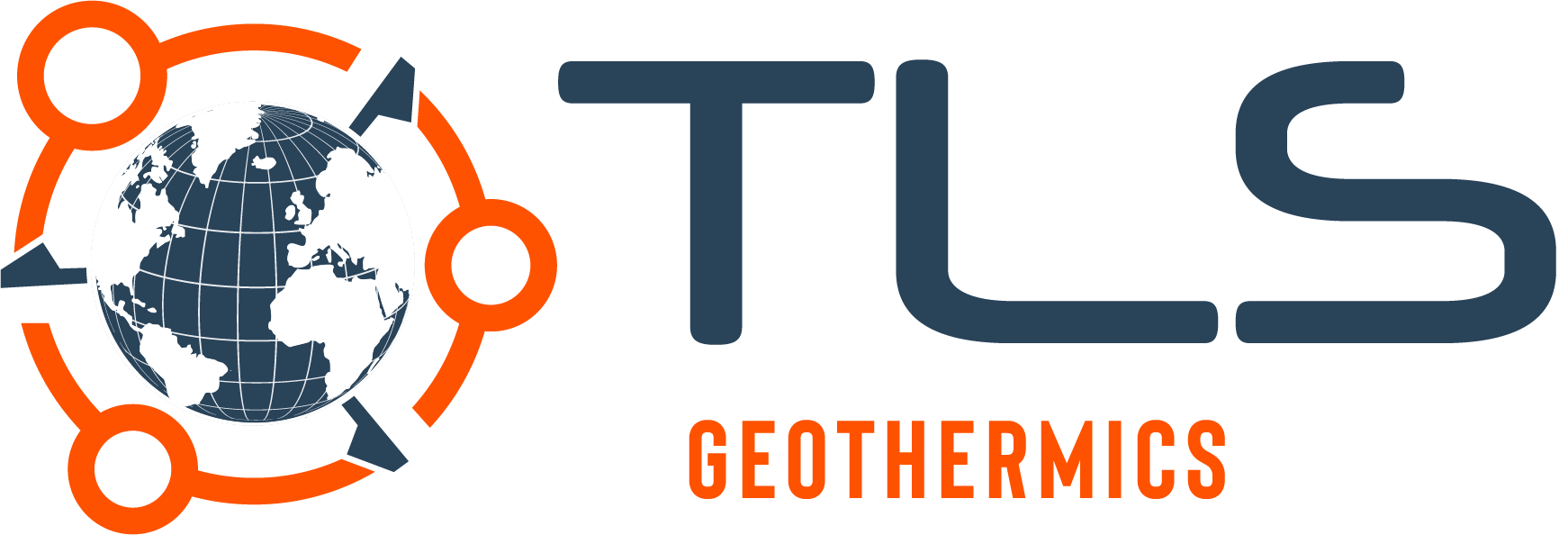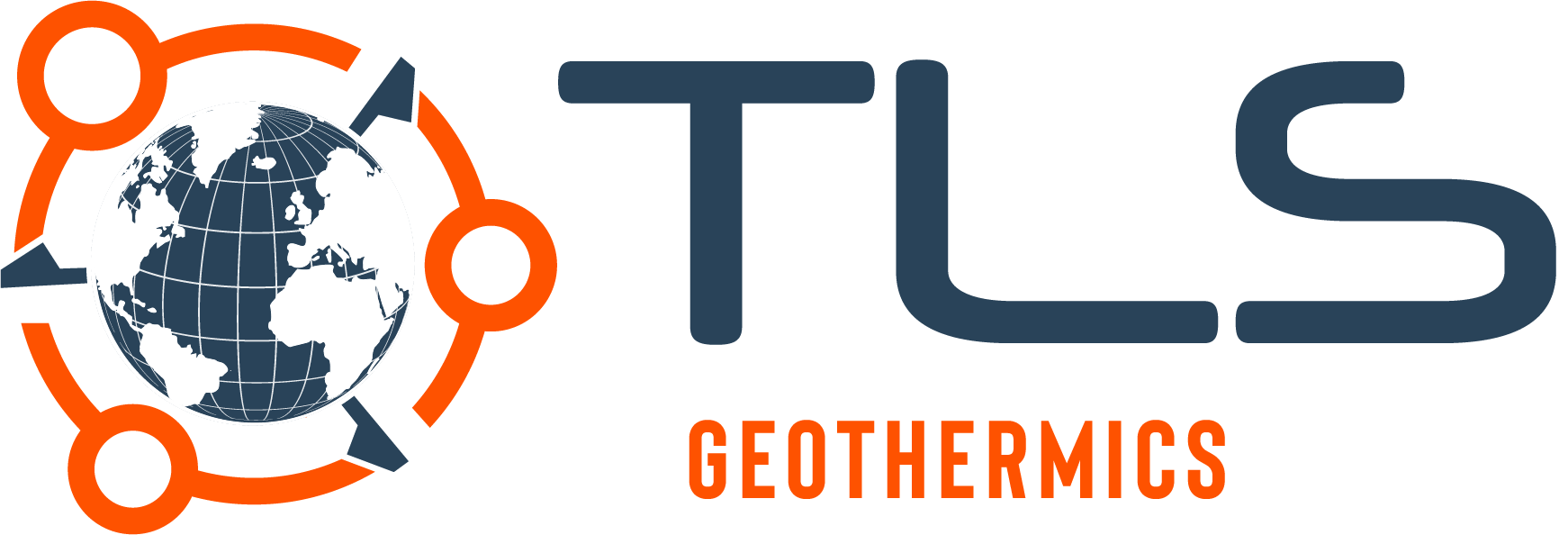La sismicité induite – Projet Geopulse – TLS Geothermics
[av_one_fifth first min_height=” vertical_alignment=’av-align-top’ space=” row_boxshadow=” row_boxshadow_color=” row_boxshadow_width=’10’ custom_margin=” margin=’0px’ mobile_breaking=” border=” border_color=” radius=’0px’ padding=’0px’ column_boxshadow=” column_boxshadow_color=” column_boxshadow_width=’10’ background=’bg_color’ background_color=” background_gradient_color1=” background_gradient_color2=” background_gradient_direction=’vertical’ src=” background_position=’top left’ background_repeat=’no-repeat’ highlight=” highlight_size=” animation=” link=” linktarget=” link_hover=” title_attr=” alt_attr=” mobile_display=” id=” custom_class=” template_class=” aria_label=” av_uid=’av-8ub8zw’ sc_version=’1.0′][/av_one_fifth]
[av_three_fifth min_height=” vertical_alignment=’av-align-top’ space=” row_boxshadow=” row_boxshadow_color=” row_boxshadow_width=’10’ custom_margin=” margin=’0px’ mobile_breaking=” border=” border_color=” radius=’0px’ padding=’0px’ column_boxshadow=” column_boxshadow_color=” column_boxshadow_width=’10’ background=’bg_color’ background_color=” background_gradient_color1=” background_gradient_color2=” background_gradient_direction=’vertical’ src=” background_position=’top left’ background_repeat=’no-repeat’ highlight=” highlight_size=” animation=” link=” linktarget=” link_hover=” title_attr=” alt_attr=” mobile_display=” id=” custom_class=” template_class=” aria_label=” av_uid=’av-7sunm4′ sc_version=’1.0′]
[av_heading heading=’La sismicité induite – Projet Geopulse’ tag=’h1′ style=’blockquote modern-quote modern-centered’ subheading_active=” show_icon=” icon=’ue800′ font=’entypo-fontello’ size=” av-medium-font-size-title=” av-small-font-size-title=” av-mini-font-size-title=” subheading_size=” av-medium-font-size=” av-small-font-size=” av-mini-font-size=” icon_size=” av-medium-font-size-1=” av-small-font-size-1=” av-mini-font-size-1=” color=” custom_font=” icon_color=” margin=” margin_sync=’true’ padding=’10’ icon_padding=’10’ link=” link_target=” id=” custom_class=” template_class=” av_uid=’av-krlwxkka’ sc_version=’1.0′ admin_preview_bg=”][/av_heading]
[av_hr class=’custom’ icon_select=’yes’ icon=’ue808′ font=’entypo-fontello’ position=’center’ shadow=’no-shadow’ height=’50’ custom_border=’av-border-thin’ custom_width=’50px’ custom_margin_top=’30px’ custom_margin_bottom=’30px’ custom_border_color=” custom_icon_color=” id=” custom_class=” template_class=” av_uid=’av-5pte8s’ sc_version=’1.0′ admin_preview_bg=”]
[av_video src=’https://www.youtube.com/watch?v=hUqwjCOirls’ mobile_image=’https://www.tls-geothermics.com/wp-content/uploads/2021/07/Sismicite-induite-Geopulse-TLS-Geothermics-300×169.jpg’ attachment=’2765′ attachment_size=’medium’ format=’16-9′ width=’16’ height=’9′ conditional_play=” id=” custom_class=” template_class=” av_uid=’av-krlwzio5′ sc_version=’1.0′]
[av_hr class=’default’ icon_select=’yes’ icon=’ue808′ position=’center’ shadow=’no-shadow’ height=’50’ custom_border=’av-border-thin’ custom_width=’50px’ custom_margin_top=’30px’ custom_margin_bottom=’30px’ custom_border_color=” custom_icon_color=” av-desktop-hide=” av-medium-hide=” av-small-hide=” av-mini-hide=” id=” custom_class=” template_class=” av_uid=’av-3k8tu4′ sc_version=’1.0′]
[av_textblock size=” av-medium-font-size=” av-small-font-size=” av-mini-font-size=” font_color=” color=” id=” custom_class=” template_class=” av_uid=’av-krlwx72y’ sc_version=’1.0′ admin_preview_bg=”]
Qu’est ce que la sismicité ?
La sismicité vient de la dynamique interne de la planète Terre. Cette dynamique implique la mise en place de forces à l’échelle du globe, et notamment dans le croûte terrestre. Ce sont ces forces qui permettent le déplacement de plaques tectoniques provoquant notamment l’ouverture d’océan ou la formation de chaînes de montagnes.
Ces forces se propagent dans la roche à grande distance et peuvent s’accumuler dans la masse de la roche.
Lorsque l’énergie accumulée par les forces dans la roche dépasse le seuil accepté par la celle-ci, elle se libère. Cette libération d’énergie peut s’exprimer par une déformation de la roche dans la masse ou par un mouvement sur des plans de faille. On voit un bel exemple de failles sur la photo en bas à gauche, dans la carrière du Grand Gandaillat à Clermont-Ferrand.
Le déplacement sur la faille provoque des ondes vibratoires de différents types qui se propagent dans toutes les directions : on parle alors de séisme.
La magnitude d’un séisme, souvent donnée sur l’échelle de Richter est la mesure de la quantité d’énergie libérée lors du séisme. Cette échelle est particulière puisqu’elle n’est pas linéaire, c’est-à-dire qu’une augmentation de 1 de la magnitude d’un séisme équivaut en fait à une multiplication de l’énergie libérée par 30.
Par exemple, l’énergie libérée par un séisme de magnitude 3, qu’on observe en moyenne 50000 fois par an dans le monde, correspond environ à 1000 fois l’énergie libérée par un séisme de magnitude 1.
Une autre échelle de mesure est celle de l’intensité d’un séisme. Elle mesure les conséquences du séisme en surface et notamment le ressenti. L’intensité d’un séisme augmente évidemment avec la magnitude de celui-ci, mais elle dépend aussi de la distance à la source du séisme, de la topographie et de la géologie locale.
Pour imager l’importance de la géologie, prenons l’exemple d’un séisme qui a eu lieu dans la région grenobloise en 2003. Du fait de la géologie locale, celui-ci a été ressenti plus fortement dans la vallée de Grenoble composé de roche sédimentaires meubles que sur les montagnes alentour composées de roches plus rigides.
La sismicité en France
L’activité sismique naturelle en France métropolitaine est relativement continue, notamment dans les Alpes et les Pyrénées où les événements les plus importants ont été enregistrés. Mais elle est aussi bien enregistrée en Bretagne et dans le Massif Central. Le risque sismique naturel est d’ailleurs considéré faible à modéré dans le Massif Central d’après le Code de l’Environnement.
A noter qu’en France, la surveillance sismique est réalisée par le Réseau National de Surveillance Sismique, aussi appelé ReNaSS, grâce à un réseau de plus de 150 stations de surveillance réparties partout sur le territoire. Les données de sismicité sont d’ailleurs disponibles en temps réel sur leur site internet où sont différenciés les séismes, les tirs de carrières et les potentielles explosions.
Sismicité induite par la géothermie
La géothermie fait partie des activités humaines pouvant provoquer de la sismicité induite. Celle-ci, essentiellement non ressenti en surface, peut apparaître lorsque la pression dans la roche et donc dans le puits augmente. Cette pression dépend du débit de pompage ou d’injection dans le puits mais aussi de la capacité de la roche à laisser circuler les fluides, aussi appelée perméabilité. Si les débits de fluide appliqués dans le puits respectent la capacité de la roche à les laisser circuler, il n’y a pas de risque de sismicité induite.
Lors de la phase de forage, la seule circulation de fluide est celle de la boue de forage dans le puits. Elle est notamment nécessaire pour remonter les déblais à la surface. Cette circulation se fait en circuit fermé dans le puits et son débit est contrôlé en continu. Le risque de sismicité induite est faible.
Lors des phases de test, de l’eau est injectée dans la roche pour en estimer sa perméabilité. Les débits d’injection ou de pompage ainsi que la pression dans le puits sont alors contrôlés en continu. Le risque de sismicité induite est modéré. Des événements de microsismicité induite peuvent survenir mais leur surveillance en temps réel permet d’enclencher l’arrêt les opérations si nécessaire.
Lors de la phase d’exploitation, la circulation de fluide entre le doublet de puits de la centrale est stable, tout comme la pression dans la roche. Le risque de sismicité induite est faible.
Sismicité locale
Pour le projet Geopulse, l’ensemble des études géoscientifiques réalisées depuis 2015 a permis de préciser les paramètres locaux influençant le risque sismique. La sismicité naturelle de la zone est faible en comparaison de la zone du barrage des Fades au Nord et de la zone du Mont Dore au Sud.
De plus, la perméabilité dans le zone ciblée par les puits est attendue élevée et pourra donc favoriser la circulation des fluides sans augmentation de pression dans la roche. Notons que si la perméabilité mesurée dans le puits est faible alors il n’y aura pas de ressource géothermique et donc pas de continuité du projet.
Ces paramètres impliquent une réduction du risque de sismicité induite dans la zone.
Les actions pour maîtriser le risque
Pour maîtriser le risque sismique lié au projet, plusieurs actions sont en cours ou vont être menées. Tout d’abord une étude de risque va être menée par l’INERIS, un organisme public indépendant. Cette étude s’appliquera à analyser le lien entre la magnitude d’un séisme, le ressenti potentiel en surface et les spécificités géologiques locales. L’objectif de l’étude est de définir des seuils de magnitude de vigilance ou d’alerte pour ne pas atteindre des séismes ressentis.
En parallèle un réseau de sismomètres sera installé avant le forage pour réaliser une surveillance continue et permanente de la sismicité locale avant, pendant et après les travaux. Les données d’un des sismomètres seront partagées avec le Réseau National de Surveillance Sismique. Ces données permettront de suivre en temps réel la sismicité naturelle et induite par les travaux et d’enclencher l’arrêt les opérations si nécessaire.
Enfin, des mesures seront réaliser dans le forage pour améliorer la connaissance des paramètres locaux influençant la sismicité. Ces mesures permettront aussi d’affiner les seuils de pression à respecter pour éviter la sismicité induite lors des opérations de circulation de fluide dans la roche.
L’ensemble des études déjà réalisées et des opérations mises en place avant et pendant forage permettent de dire que le risque sismique lié au projet de géothermie profonde de Saint Pierre Roche est faible à modéré mais qu’il sera maîtrisé.
[/av_textblock]
[/av_three_fifth][av_one_fifth min_height=” vertical_alignment=’av-align-top’ space=” row_boxshadow=” row_boxshadow_color=” row_boxshadow_width=’10’ custom_margin=” margin=’0px’ mobile_breaking=” border=” border_color=” radius=’0px’ padding=’0px’ column_boxshadow=” column_boxshadow_color=” column_boxshadow_width=’10’ background=’bg_color’ background_color=” background_gradient_color1=” background_gradient_color2=” background_gradient_direction=’vertical’ src=” background_position=’top left’ background_repeat=’no-repeat’ highlight=” highlight_size=” animation=” link=” linktarget=” link_hover=” title_attr=” alt_attr=” mobile_display=” id=” custom_class=” template_class=” aria_label=” av_uid=’av-27tn7g’ sc_version=’1.0′][/av_one_fifth]



Leave a Reply